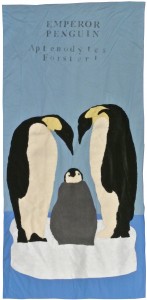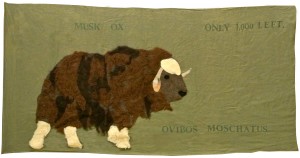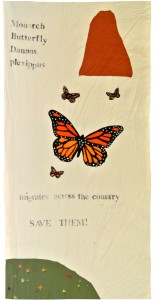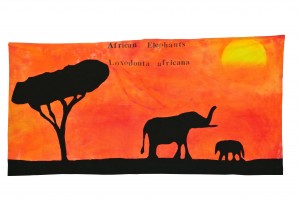
The Emperor Penguin (Aptenodytes forsteri) is the largest of all penguin species reaching a height of up to 48 inches and weighing as much as 100 pounds. They are capable of diving as deep as 1,850 feet, staying under water for as long as 20 minutes. They survive the harsh arctic winters by using both physiological and social adaptations, including a layer of fat that can be as much as 1 1/2 inches thick, as well as the greatest number of feathers per square inch of any bird. To conserve warmth, Emperor Penguins huddle together in large groups, with individuals taking turns shifting from the inside to the outside as they warm up.
To learn more about the Emperor Penguin go to:
http://animals.nationalgeographic.com/animals/birds/emperor-penguin/
http://www.worldwildlife.org/species/penguin
To learn more about their status as an endangered species go to:
http://www.biologicaldiversity.org/news/press_releases/2014/emperor-penguins-01-21-2014.html










